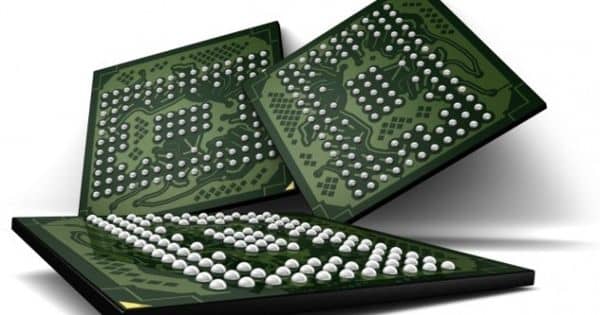For years, EV charging businesses have displayed their products at CES. However, the stakes — and chances — are a little higher this year. EVs are on their way to becoming mainstream, with dozens of electric passenger cars and business fleets anticipated to join the market in the next few years. That wider market comes at a cost: mainstream consumers expect charging periods similar to petrol refueling durations, are used to good user experience design, and have likely never had to consider peak and off-peak energy grid hours.
Charging firms and smaller startups at CES this year seemed to recognize this transition, pitching devices that were faster, more connected, easier to use, install, and built to interact with the electrical grid. The takeaway: EV charging businesses, eager to reach a larger client base, unveiled devices that cover a wide range of applications, from commercial fleet charging to at-home charging, from vehicle-to-grid technology to monetizing charger-advertising space. With the worldwide EV charger market predicted to increase from $3.23 billion in 2020 to roughly $11 billion in 2025, there still room for new competitors before the sector consolidates around a few giants, many of which did not demonstrate or announce anything at CES.
Smaller companies who demonstrated the technology at CES stood out for having unique solutions, a lot of connectivity, and faster-charging speeds. This year, Blink introduced four new charging products, including a DC-fast wall-mounted charger and three Level 2 chargers, one for fleet and multiunit applications, one for home applications, and the final for integrating advertising displays. All of the chargers feature 4G LTE and Wi-Fi connectivity, as well as smart features such as fleet management integration, load sharing technology, and energy management.
This 50-amp charger comes with Plug & Charge capability, which can automatically identify vehicles through the unique and encrypted flow of information from the vehicle to the charging station. It is specifically built for fleets, workplaces, and multifamily sites. Drivers will only need to plug in to begin a charging session, as the name implies. The MQ 200, which will be available by the end of this quarter, includes Smart Grid functionality for direct utility communications and local load management across two or more chargers, allowing for the installation of two to 20 chargers on a single circuit, which is ideal for overnight fleet charging.
It also works with the Blink Network, which connects Blink chargers to the cloud, and the Blink Fleet Management Portal, which was also unveiled at CES. The site provides a dashboard for fleet managers to monitor charging and load management, chargers, vehicles, and drivers. Blink’s improved household charger, the HQ 200, is a Level 2 charger with 50 amps, up from 30 amps in the previous model. The extra power at home is a trend this year, as we will see with other EV charging businesses, as companies strive to develop ways to reduce charge time.
While buyers can opt for a basic charger with no bells and whistles, we are more interested in the smart, Wi-Fi-enabled version. The HQ 200 is one of Blink’s first chargers that include vehicle-to-grid (V2G) technology, which allows EVs to charge during off-peak hours and then return energy stored in the EV battery to the grid during peak demand hours. The HQ 200 also synchronizes with the Blink Mobile App, allowing you to start charging right away, schedule charging times, and set reminders. It will be ready before the end of this year’s first quarter.
















